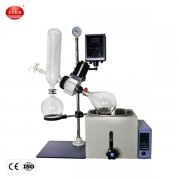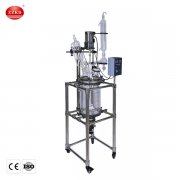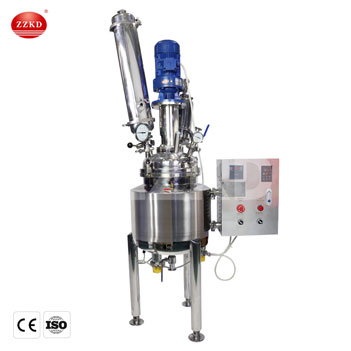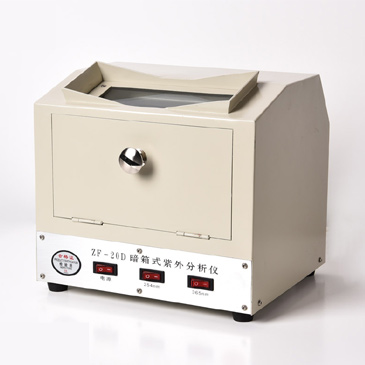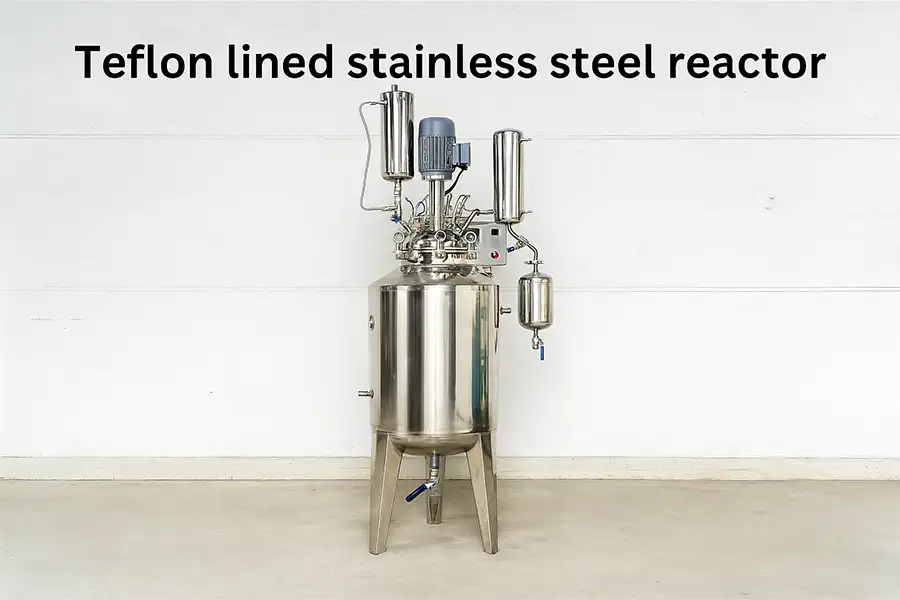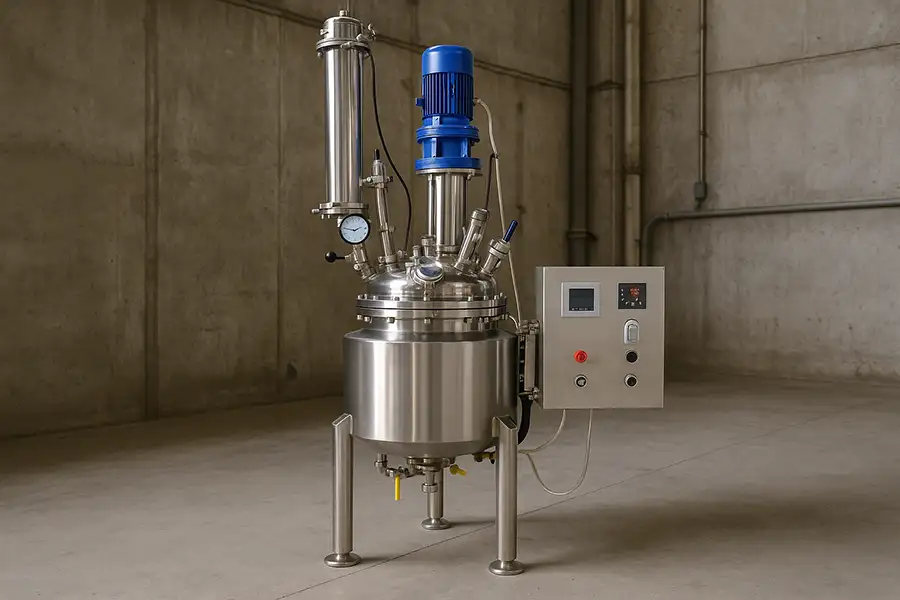In the world of chemical processing, the teflon lined stainless steel reactor has emerged as a leading solution for handling highly corrosive materials while maintaining the mechanical strength of stainless steel. This hybrid design combines the structural integrity of stainless steel with the exceptional chemical resistance of PTFE (commonly known as Teflon), making it indispensable in industries ranging from pharmaceuticals to petrochemicals.
What is a Teflon Lined Stainless Steel Reactor?
A teflon lined stainless steel reactor is essentially a stainless steel vessel whose interior surfaces are coated or lined with a layer of PTFE. This lining acts as a protective barrier, preventing corrosive chemicals from coming into direct contact with the metal surface.
PTFE is renowned for its non-stick properties, high thermal stability, and resistance to nearly all chemicals, including strong acids, bases, and solvents. Stainless steel, on the other hand, offers mechanical strength, durability, and resistance to high pressures and temperatures.
Why Choose Teflon Lining?
-
Corrosion Resistance: PTFE lining protects the steel from aggressive chemical attack.
-
Extended Service Life: Reduces wear and tear, extending the reactor's operational lifespan.
-
Product Purity: Eliminates metal contamination in sensitive chemical processes.
-
Thermal Stability: PTFE can handle temperatures up to 260°C in continuous service.
Can a teflon lined stainless steel reactor handle both acidic and alkaline media?
Yes. PTFE is one of the most chemically inert materials known, making it suitable for both acidic and alkaline environments. This versatility is one of the main reasons it is widely adopted in multi-purpose chemical plants.
Applications Across Industries
The versatility of the teflon lined stainless steel reactor makes it valuable in various sectors:
-
Pharmaceuticals: For synthesis of active pharmaceutical ingredients (APIs) without contamination.
-
Petrochemicals: Handling aggressive hydrocarbons and catalysts.
-
Food Processing: Safe for acidic food production processes.
-
Specialty Chemicals: Ideal for dyes, pigments, and high-purity chemical manufacturing.
Design Features
Modern teflon lined stainless steel reactors often include:
-
Agitation Systems: For uniform mixing.
-
Heating/Cooling Jackets: To control reaction temperatures.
-
Pressure Ratings: Designed for safe operation under high pressure.
-
Customizable Nozzles: For feeding materials and sampling.
How does the lining process work for stainless steel reactors?
The lining process typically involves mechanically bonding or thermally fusing PTFE sheets or coatings to the internal surfaces of the reactor. This ensures a seamless, leak-proof barrier that adheres firmly to the steel substrate.
Performance Benefits
According to industry data, PTFE-lined reactors can last up to 3 times longer in corrosive environments compared to unlined stainless steel reactors. This translates to significant savings in maintenance and replacement costs.
Example: A chemical plant using hydrochloric acid in production reported a 70% reduction in downtime after switching to teflon lined stainless steel reactors.
Authoritative Insight
As technology evolves, materials science continues to improve reactor designs. According to a study by the Massachusetts Institute of Technology (MIT), advancements in materials and automation could reduce chemical plant operational costs by up to 25% by 2030. This includes the adoption of corrosion-resistant equipment such as PTFE-lined reactors.
Maintenance Tips
-
Regularly inspect the lining for wear or damage.
-
Avoid mechanical abrasion inside the reactor.
-
Follow recommended cleaning procedures to preserve PTFE integrity.
Is a teflon lined stainless steel reactor more expensive than a regular stainless steel reactor?
Yes, the initial cost is higher due to the lining process and material cost. However, the long-term savings from reduced maintenance, extended lifespan, and improved product quality often outweigh the upfront investment.
Related Resources
For more insights into industrial processing equipment, explore:
Conclusion
The teflon lined stainless steel reactor stands as a testament to how combining the strengths of two materials—stainless steel and PTFE—can yield an industrial solution that is both durable and versatile. For companies dealing with aggressive chemicals, investing in such reactors can lead to long-term operational stability, improved product quality, and reduced costs.

 Products
Products





